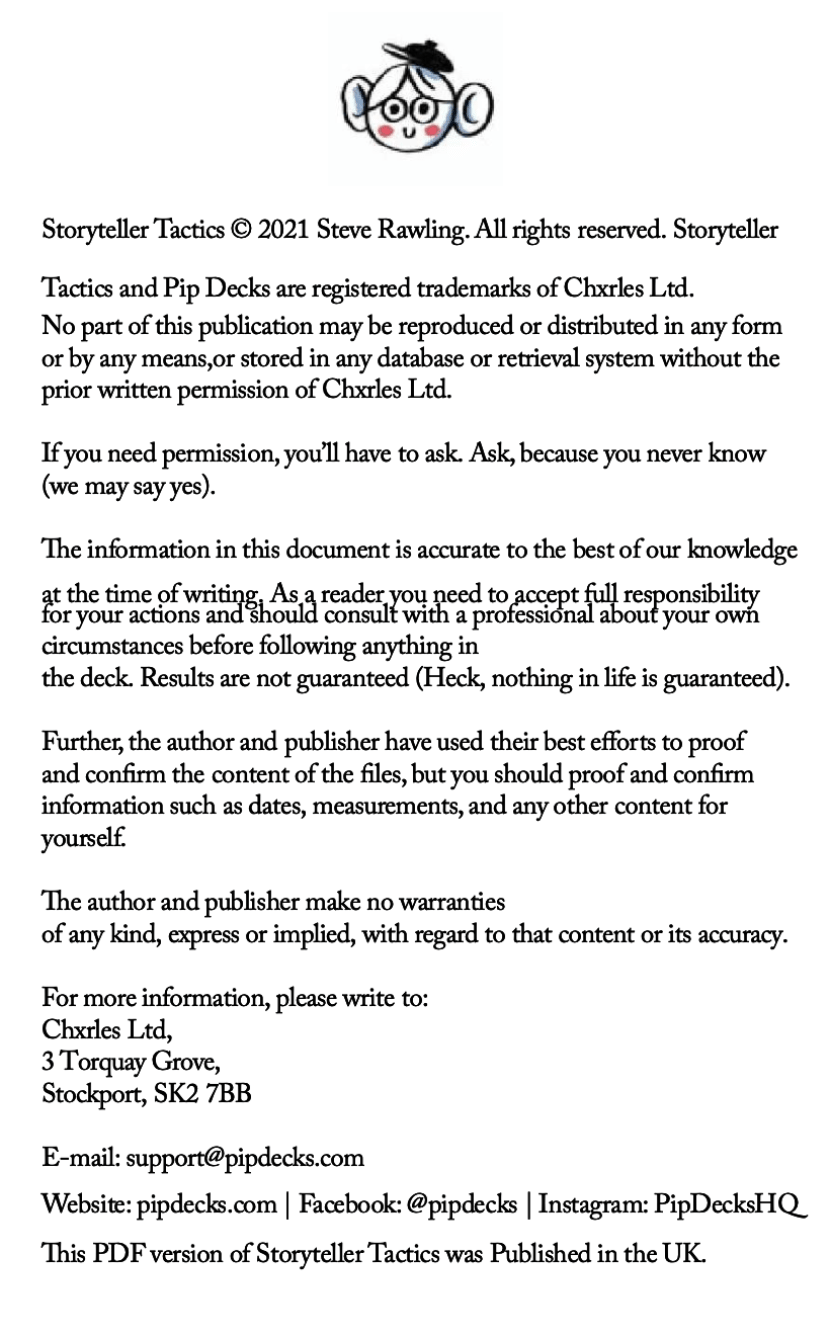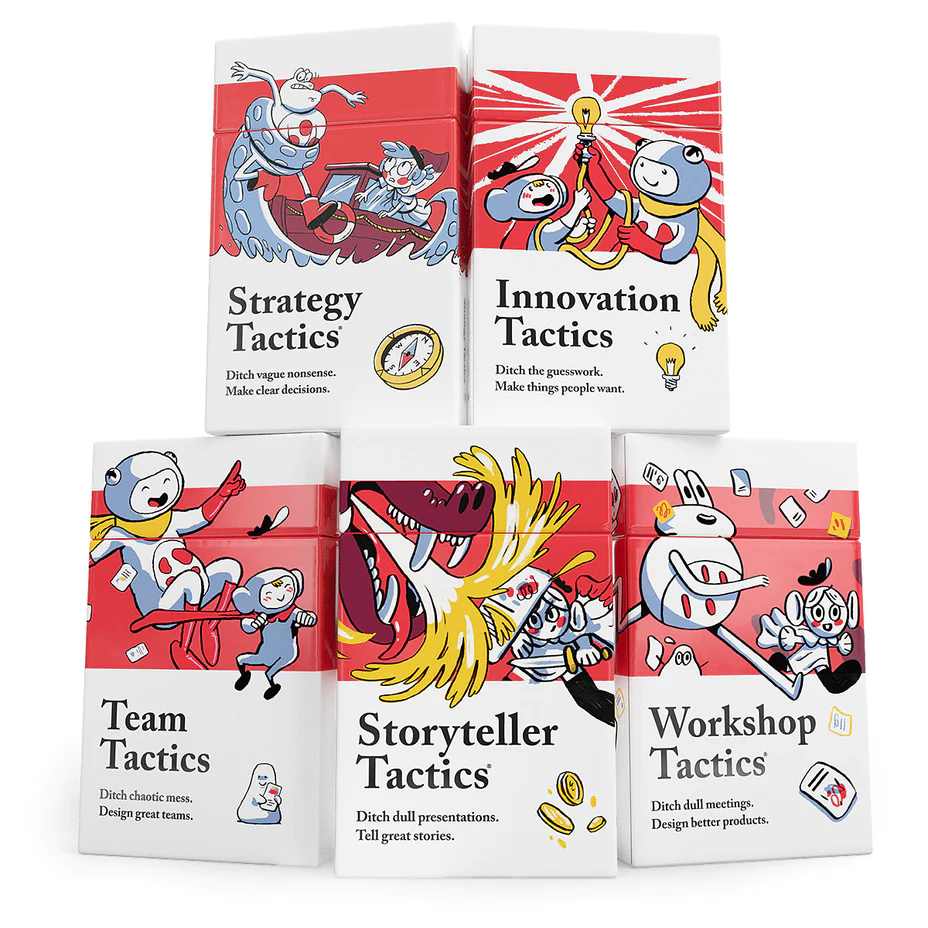Are you looking for a Storyteller Tactics PDF Free to Download? Don’t worry, I have given below the link to the Storyteller Tactics PDF to download.

| Storyteller Tactics | Description |
|---|---|
| Character Development | Create well-rounded characters with depth and complexity. |
| Plot Structure | Craft a compelling story arc with a clear beginning, middle, and end. |
| Conflict | Introduce conflicts to drive the narrative and create tension. |
| Setting | Establish a vivid and immersive setting to enhance the story. |
| Dialogue | Use dialogue to reveal character traits and advance the plot. |
| Foreshadowing | Hint at future events to build anticipation and suspense. |
| Flashbacks | Incorporate flashbacks to provide backstory and context. |
| Symbolism | Use symbols to convey deeper meanings and themes. |
| Point of View | Choose the right perspective (first-person, third-person, etc.). |
| Tone and Mood | Set the tone and mood to evoke specific emotions in readers. |
| Narrative Voice | Develop a unique narrative voice that suits the story. |
| Pacing | Control the pacing to maintain reader engagement. |
| Suspense | Create suspense to keep readers invested in the story. |
| Theme Exploration | Explore relevant themes and ideas throughout the narrative. |
| Metaphor and Simile | Employ metaphors and similes to enhance description. |
| Plot Twists | Incorporate unexpected plot twists to surprise readers. |
| Character Growth | Show character growth and transformation over time. |
| Subtext | Include subtext to convey hidden meanings and depth. |
Storyteller Tactics PDF
Buy Now
FAQs on Storyteller Tactics
Q1 What is the types of storytelling?
Types of storytelling include oral storytelling, written storytelling (narrative fiction), visual storytelling (movies, TV shows), and digital storytelling (social media, interactive narratives).
Q2 What are storytellers called?
Storytellers can be called narrators, raconteurs, or simply storytellers.
Q3 What are the types of Indian storytelling?
India has a rich tradition of storytelling, including forms like folk tales, mythology, epics (e.g., Ramayana and Mahabharata), fables, and oral traditions like Panchatantra.
Q4 What are the two functions of storytelling?
Storytelling serves to entertain and educate, offering both escapism and a means of passing down cultural, moral, or historical lessons.
Q5 What are the three pillars of storytelling?
The three pillars of storytelling are character, plot, and setting. These elements form the foundation of a compelling narrative.
Q6 What are the 3 most important aspects of storytelling?
The three most important aspects of storytelling are a compelling plot, relatable characters, and effective pacing.
Q7 What are the 5 aspects of storytelling?
The five key aspects of storytelling are plot, characters, setting, conflict, and resolution. These elements work together to create a cohesive and engaging narrative.
Affiliate link in this post, you won’t need to pay extra charges also you will get 10 to 15% Discounted offer
